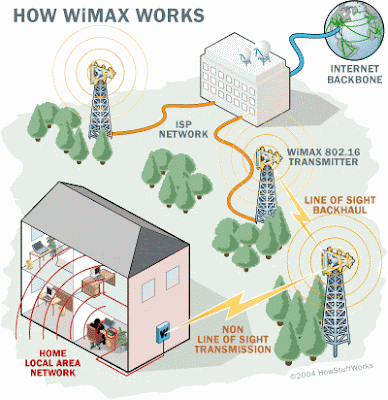
These books will help you to improve your knowledge and for your exams try to find them,
We can buy some books online or locally but I was unable to find all books.
So I m waiting for your comments...Pls help to everyone to find these books....My blog is waiting for you..!
Recommended Book List - Syllabus 2002 Edition
Fundamental of Electronic Communication 1
Health and Safety
1. The First Aid Manual (7th edition) - Dorling Kindersley
2. The Health and Safety Handbook - Pat McGuiness and Lynn Smith
3. Mathematics the Basic Skills (5th edition) - S.Llewellyn & A.Greer
4. Teach Yourself Mathematics - Trevor Johnson & Hugh Neill
5. Essential Computers;Creating Worksheets - Robet Dinwiddie
6. Sams Teach Yourself Microsoft Access 2000 in 10 Minutes - Faithe Wempen
7. Basic Electrical and Electronic Engineering (4th edition) - E.C.Bell & R.W. Whitehead
8. Success in Electronics (2nd edition) - Tom Duncan
9. Technician's Guide to Electronic Communications - Frederick L.Gould
10.Telecommunication Technologies - John Ross
11.Illustrated Telecom Dictionary (3rd edition) - Jade Clayton
#. Technician's Guide to Electronic Communications - Frederick L.Gould
#.Telecommunication Technologies - John Ross
12.Introduction to Fiber Optics - John Crisp
13.Telecom Factbook - Joseph A.Pecar and David A.Garbin
14.Basic Radio Principles & Technology - Ian Poole
15.Audio,Video and Data Telecommunication - David Peterson
# .Basic Radio Principles & Technology - Ian Poole
16.Wireless Crash Course - Paul Bedell
# .Audio,Video and Data Telecommunication - David Peterson
17.Telephone Installation Handbook (2nd edition) - Steve Roberts
18.Telephone Switching Systems - Richard A.Thompson
19.Telecommunication Protocols - Travis Russell


